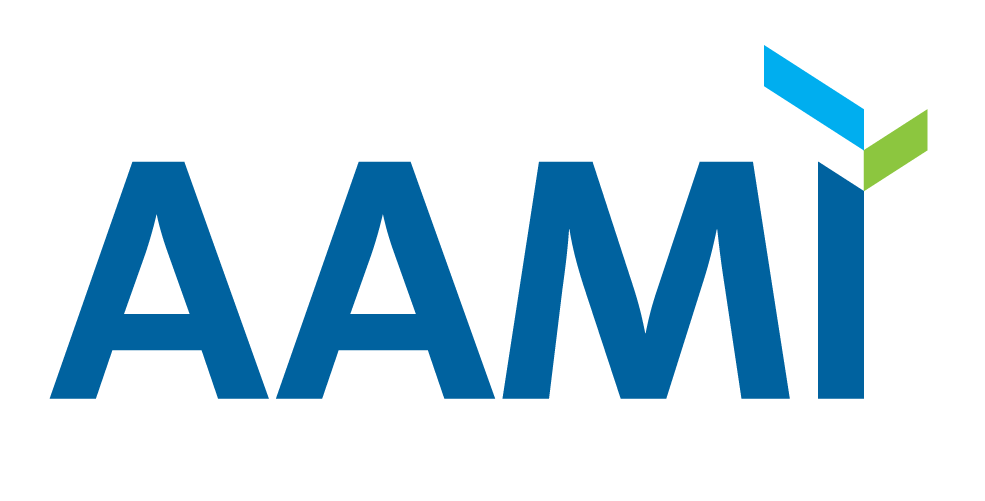New Report Guides Drug-Device Combination Risk Management
October 2, 2020

Many asthma treatment options are examples of common combination products, which combine medical devices and drugs.
For Immediate Release
Contact: Brian Stallard, bstallard@aami.org, (703) 647-2771
Experts from industry and the U.S. Food and Drug Administration (FDA) recently joined forces to take a closer look at the interface of medical device and drug development, called “combination products.” Their new technical information report, AAMI TIR105:2020 Risk management guidance for combination products, provides recommendations for identifying and proactively avoiding risks to patients and users throughout the life cycle of combination products.
“Examples of combination products include mechanical delivery systems and their drug, such as an insulin pump, or when an implantable device is coated with a drug or biologic,” explained John B. Weiner, associate director for policy with the FDA’s office of combination products. “But combination products can also include products that are sold separately and used jointly. Because of the advent of digital health and other innovative drivers, we’re often seeing new examples of combination products and combined uses that may call for specific labelling and collaboration among regulated entities.”
Weiner co-chairs the Association for the Advancement of Medical Instrumentation (AAMI) standards committee that drew up the report. He explained that the reason combination products are on the radar of organizations like AAMI and the FDA is that they have a history leaving companies unsure about what regulators are looking for.
“There is already guidance for approaching risk management for drugs, and there’s an international standard for approaching risk management for medical devices. But when you combine these products, that raises a host of additional questions,” he said.
“In a lot of cases, the way pharmaceutical companies look at risk is very different from how medical device manufacturers do it,” added Hae Choe, director of standards at AAMI.
When it comes to assessing risk for a combination product, it should be assessed as a whole, not just by pooling assessments of its individual parts.
Take asthma treatment as an example. A drug company that develops an inhalable will want to ensure their drug is not contaminated. Likewise, a manufacturer will want to ensure their inhaler is properly engineered. Neglecting to account for the risk of contamination or faulty engineering may result in the user not getting the dosage they need. However, when a drug cartridge is combined with the inhaler, it’s up to the companies involved to consider how parts will interact with each other—as well as the user—when developing combination products. A user may, for example, attach the cartridge to their inhaler improperly, also resulting in an underdosage.
TIR105 addresses other risk factors as well, such as device materials leaching contaminants into a drug, changing its purity. Likewise, the chemical properties of some drugs may corrode a device, changing its shelf life or reliability. And when a digital medical device is part of a combination product, cybersecurity becomes a concern, too.
“It is important to the FDA that companies really think about combination products in a holistic way. Looking at risk management at the product level, across the combination product’s life-cycle, really helps reinforce that concept,” said Weiner.
Jon Cammack, chief quality and compliance officer at Nevakar and co-chair of the AAMI Combination Products Committee, added that TIR105 was designed with insights not only from the FDA, but nearly 30 other industry and association experts.
“It’s a great example of collaboration between regulators, industry, and other stakeholders in our shared goal of improving and streamlining combination product development and approval processes,” Cammack said.
Varied perspectives also allowed the committee to build upon familiar best practices when developing the new recommendations. The European Union’s ICH Q9 guideline and the international standard ANSI/AAMI/ISO 14971 remain crucial foundations for starting the risk management process and helping set the stage for future discussions on a global scale.
AAMI (www.aami.org) is a nonprofit organization founded in 1967. It is a diverse community of more than 10,000 healthcare technology professionals united by one important mission—supporting the healthcare community in the development, management, and use of safe and effective health technology. AAMI is the primary source of consensus standards, both national and international, for the medical device industry, as well as practical information, support, and guidance for health technology and sterilization professionals.
